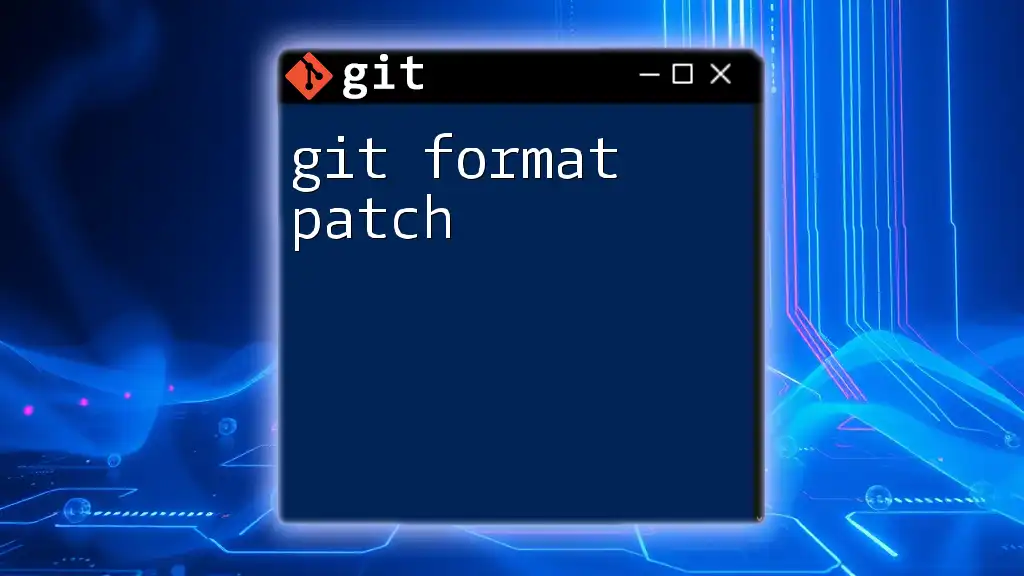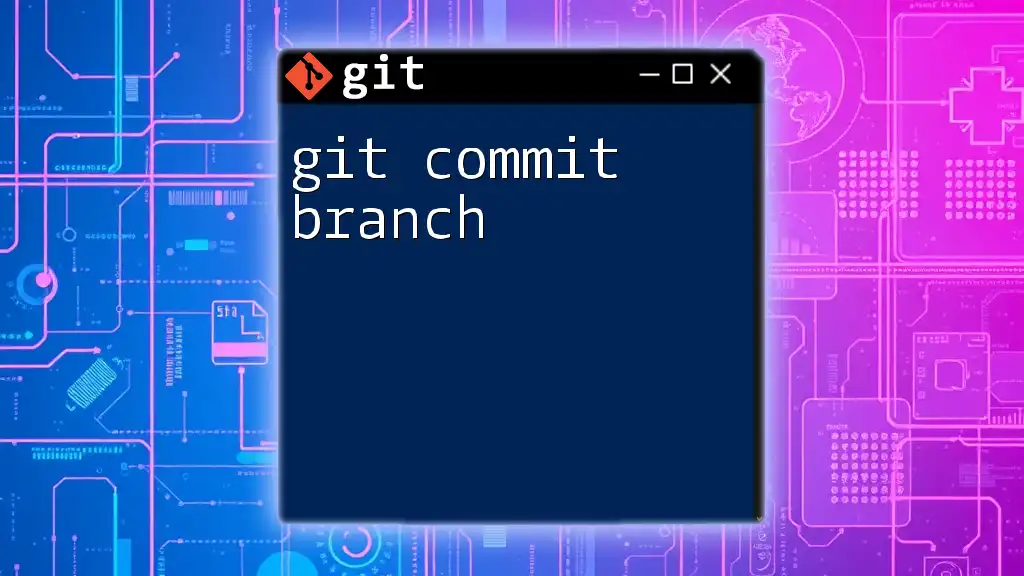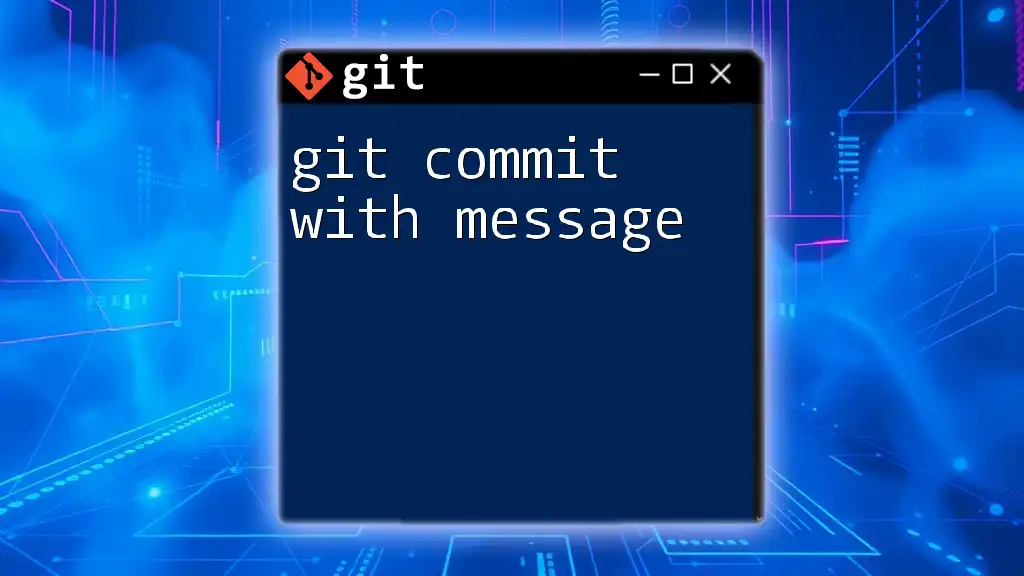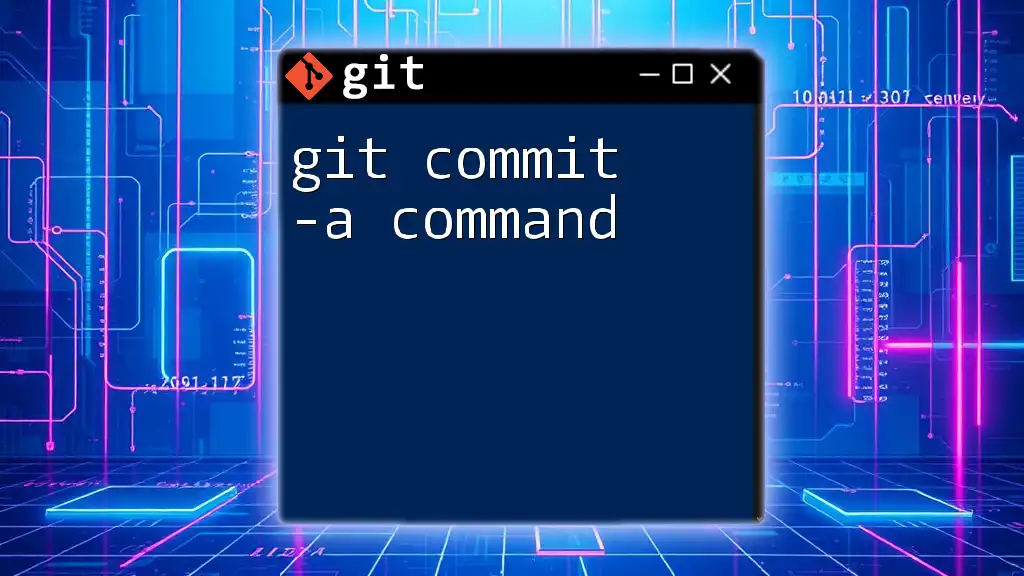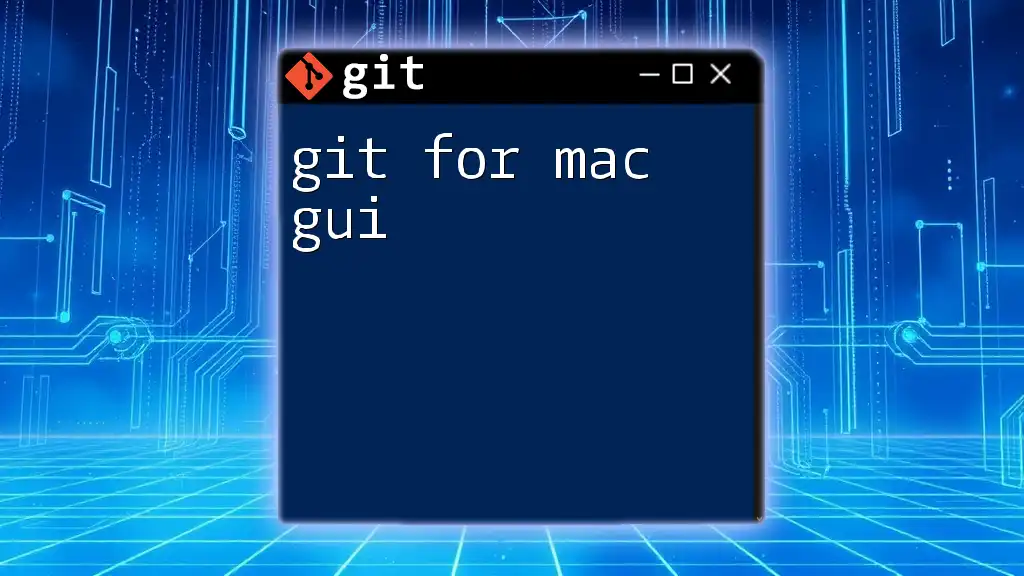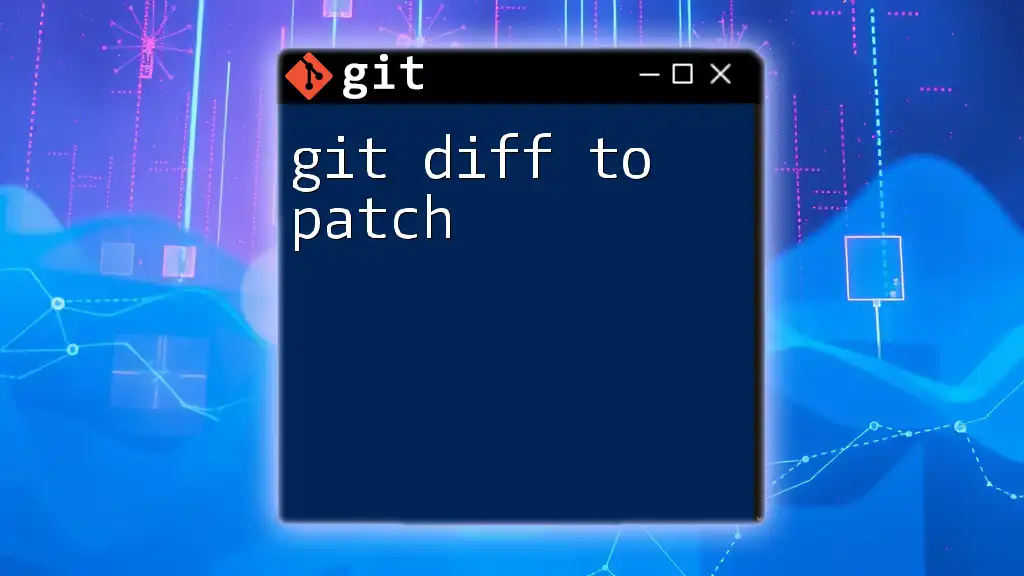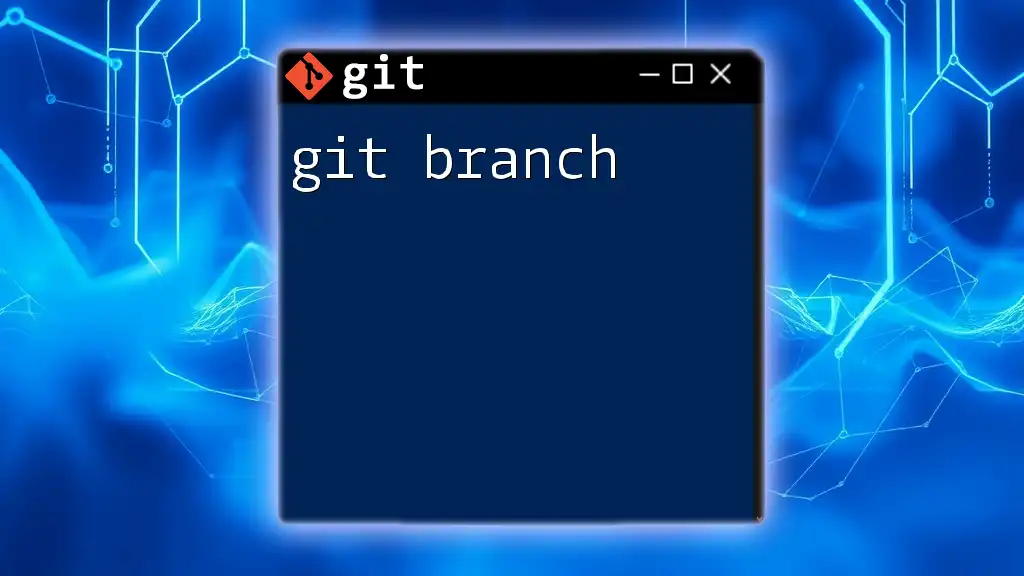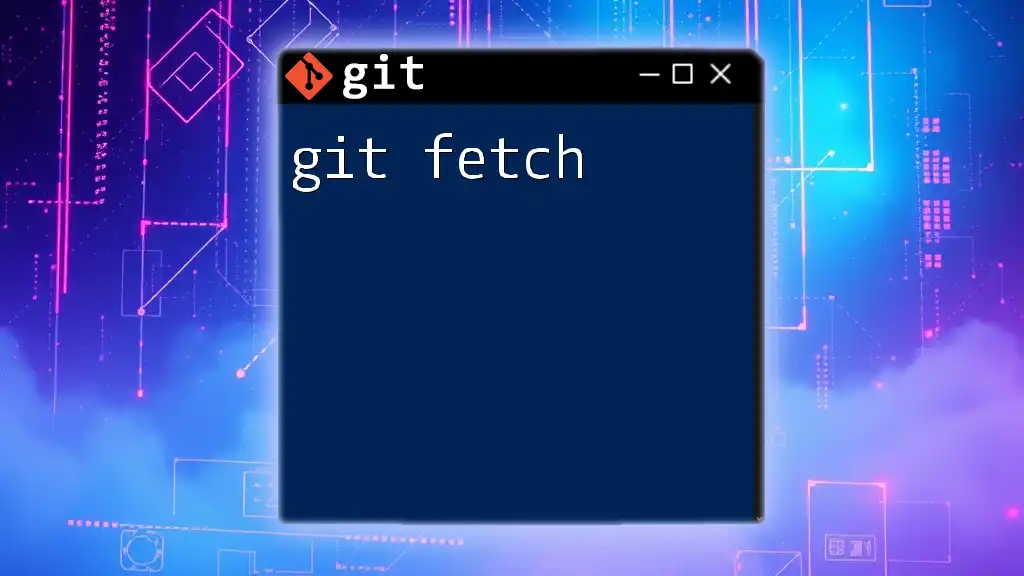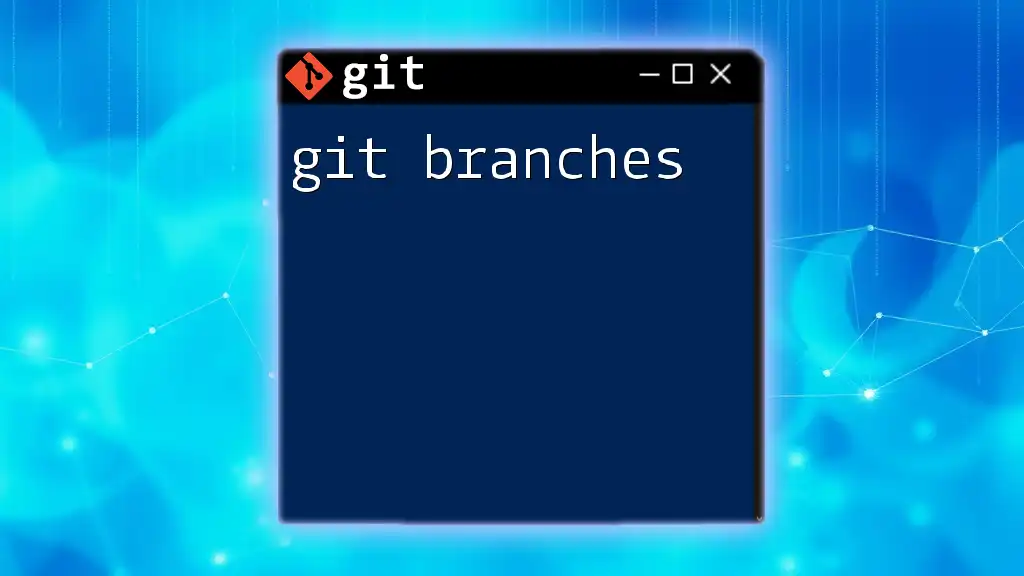The `git format-patch` command is used to create a series of patch files from commits in a Git repository, allowing for easy sharing of changes with others.
git format-patch HEAD~3
What is `git format-patch`?
`git format-patch` is a command used in Git to create patch files that contain the differences introduced by one or more commits. This enables developers to share their changes with others in a format that's easily readable and can be applied or reviewed independently of the original repository. Patches are especially useful in collaborative environments, where one developer might need to send their changes for review, integration, or to a maintainer who may not directly have access to the branch.

Why Learn `git format-patch`?
Learning how to use `git format-patch` can greatly enhance your workflow in several ways:
- Enhanced Collaboration: Sharing patches allows team members or maintainers to review changes without granting access to the repository.
- Comprehensive Review Process: Patches provide a clear comparison of differences and include commit messages, making the review process smoother.
- Simplicity: Patches facilitate easier integration of changes across various branches or forks, especially in open-source projects.
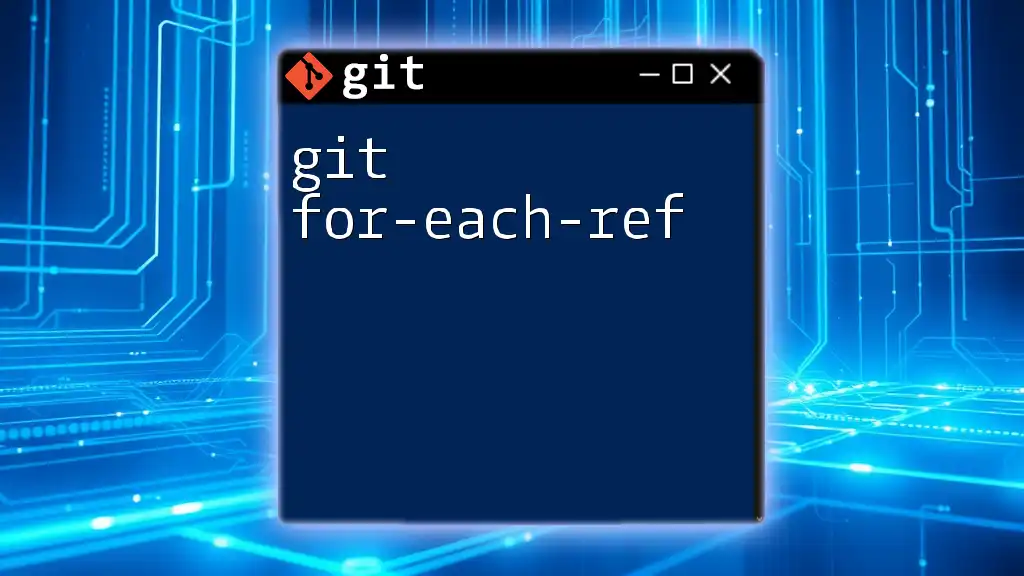
Understanding Patches
What is a Patch?
A patch is a file that contains a list of changes made to files. In the context of version control systems like Git, a patch can represent the changes introduced by one commit or a series of commits.
Patches differ from traditional commit logs in that they provide a way to convey not just the commit history, but also the actual changes in a standardized format. This makes them particularly useful for code reviews and merging efforts.
When to Use Patches
Patches are typically used in the following scenarios:
- When working in a shared repository where not everyone has commit access.
- When sending your changes to a maintainer as a file attachment via email.
- When you need to review changes made by others without directly merging them into your branch.
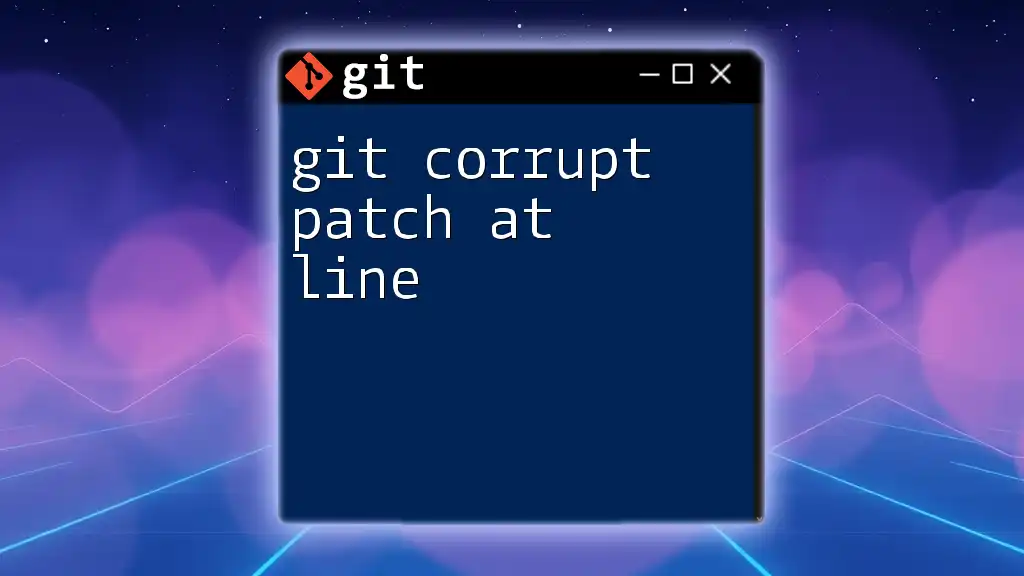
The Basics of `git format-patch`
Syntax Overview
Understanding the syntax of `git format-patch` is key to using it effectively. The basic command structure is:
git format-patch [<options>] [<since>..[<until>]]
Key Options
The command comes with several useful options:
- `-o <directory>`: This option allows you to specify a different output directory for the patch files rather than the current working directory.
- `-1`: Create a patch for a single commit, which can help isolate changes.
- `--stdout`: Directs the patch content to standard output, which can be useful for piping or logging.
- `--cover-letter`: Generates a cover letter for a series of patches, providing context and instructions for reviewers.
Creating a Patch
To create a patch for the latest commit, you can use the following command:
git format-patch -1 HEAD
In cases where you want to create patches for multiple commits, simply specify the number of commits you want to include. For example, to prepare patches for the last three commits, use:
git format-patch -3 HEAD
This will generate individual patch files for each of the last three commits, storing them in your current directory in a format that others can easily apply.
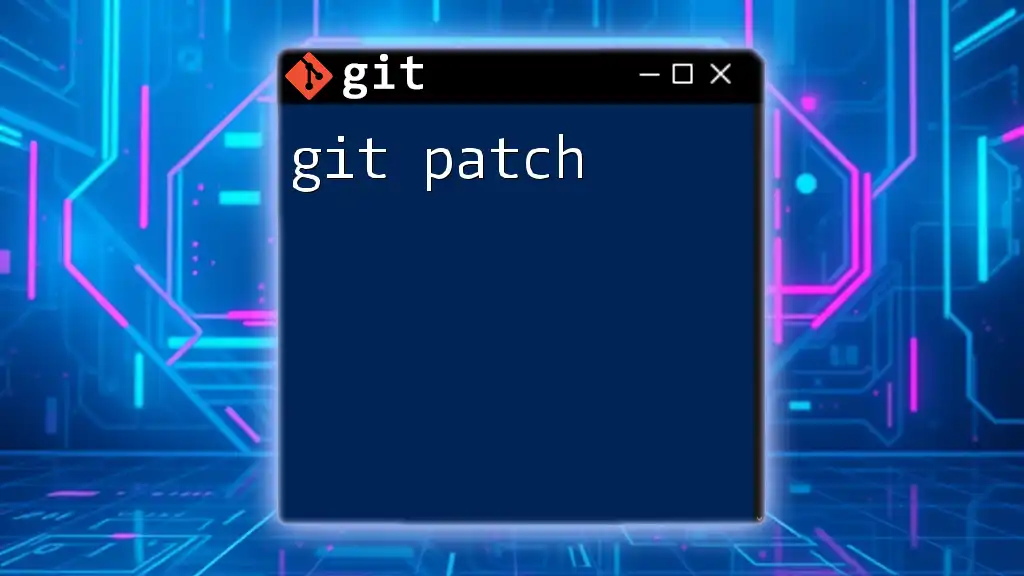
Using `git format-patch` Effectively
Saving Patches to a Directory
When generating patches, it's often useful to save them to a dedicated directory for organization. To do this, you can specify the output directory like this:
git format-patch -3 -o patches/
By executing this command, Git will create the patch files in the `patches/` directory you’ve designated, keeping your working directory free from clutter.
Reviewing Generated Patch Files
Once you’ve generated your patches, you may want to examine their contents. You can do so by navigating to the output directory and using a command like:
cat patches/0001-Your-commit-message.patch
This allows you to review the specific changes and commit messages contained in your patch file, ensuring everything is in order before sharing it.
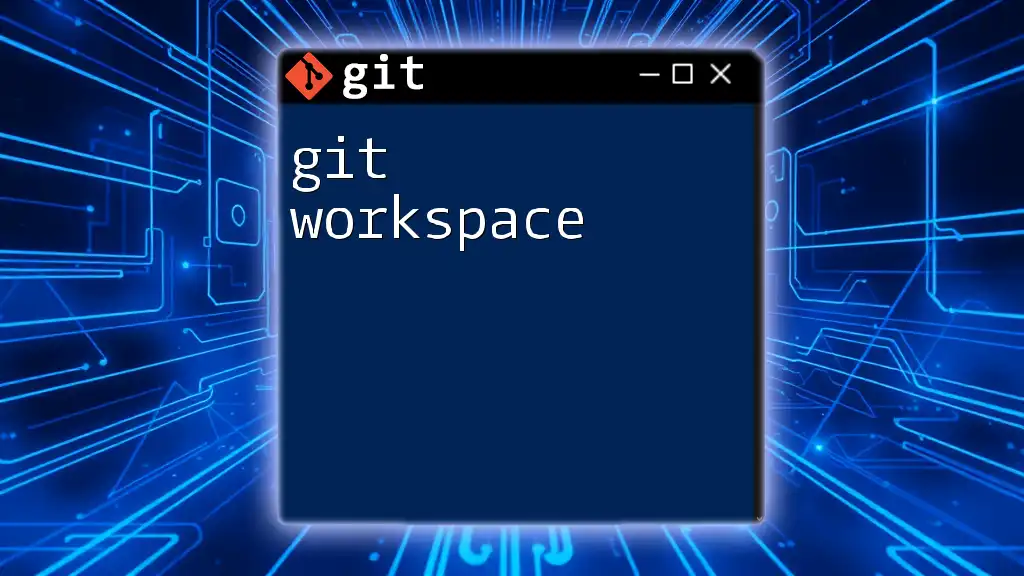
Applying Patches with `git am`
Introduction to `git am`
While `git format-patch` creates patch files, `git am` is used to apply those patches to another branch or repository. This command is pivotal when you receive patches from others or want to incorporate your own patches into a different branch.
Applying a Patch
To apply a patch using `git am`, navigate to the branch where you want the changes applied and use the command:
git am < patch-file.patch
This takes the instructions from the patch file and applies them to your current branch.
Resolving Conflicts
Patching can sometimes lead to conflicts, especially if the changes overlap with existing code. If this occurs, you will be prompted with conflict markers in the affected files. After resolving the conflicts, continue the application process with:
git am --continue
This command tells Git to complete the process after you've addressed any issues.
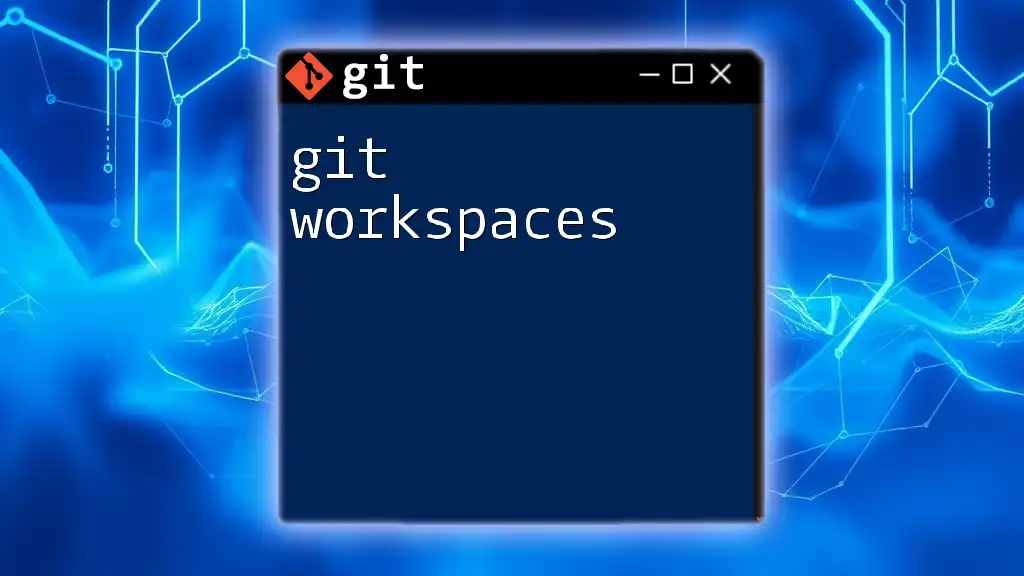
Best Practices for Using `git format-patch`
Keeping Patches Clean
When generating patches, it’s crucial to maintain clean commit messages. A well-structured commit message summarizes the changes and context of the work. This is especially important as patches are often shared and reviewed.
Version Control and Collaboration
Utilizing patches can greatly simplify code reviews and discussions. Team members can easily review, annotate, and provide feedback on patches directly, facilitating a more collaborative environment.
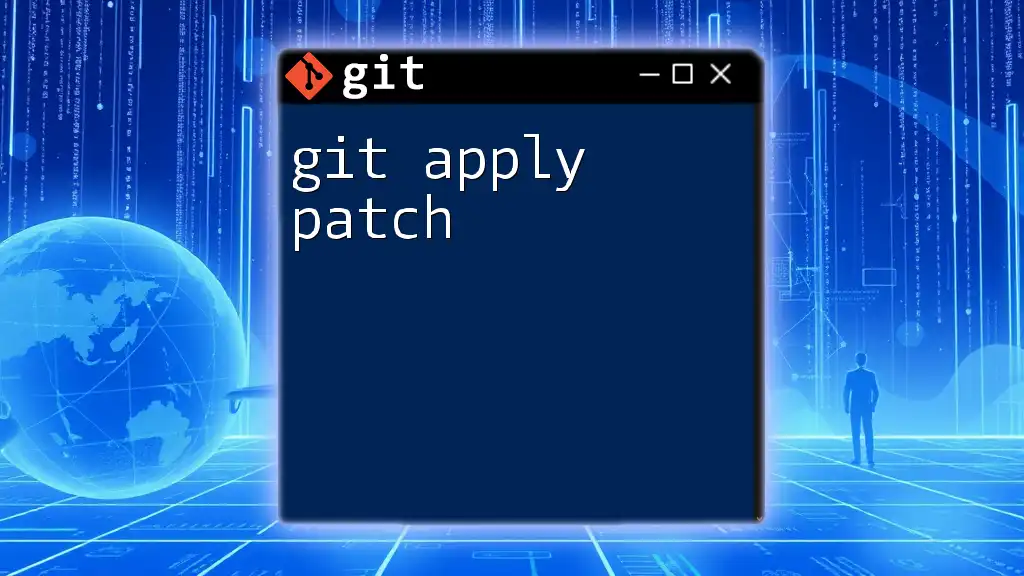
Common Pitfalls
Forgetting to Check for Dependencies
When creating patches, always check the commit history to ensure that related changes are included. Creating patches in isolation without context can lead to broken builds or unresolved dependencies.
Poor Patch Formatting
Patches should be well-formatted to enable easy understanding and application. Use consistent messaging and ensure that your changes are self-contained, making it easier for reviewers to focus on the pertinent changes without confusion.
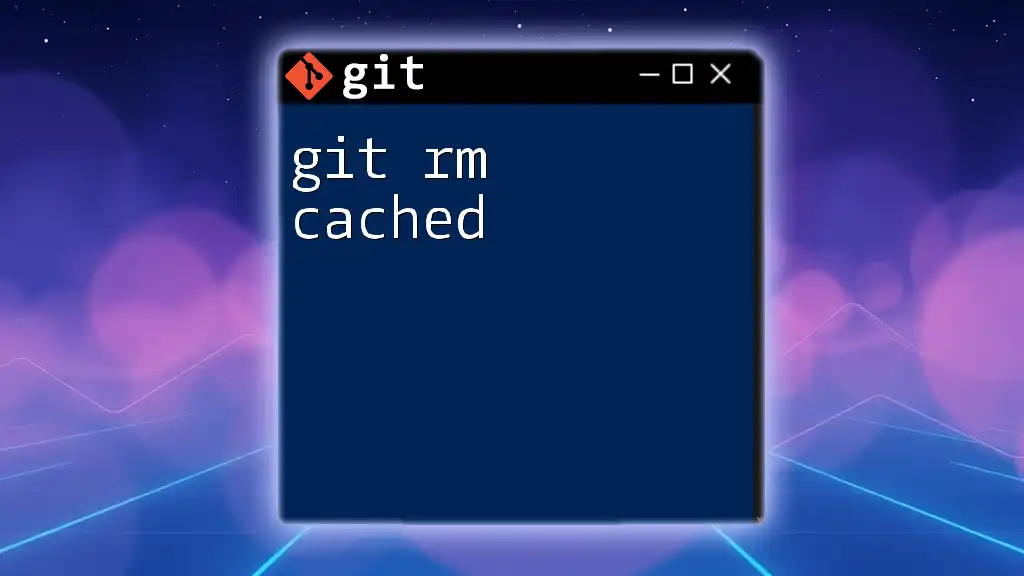
Conclusion
The `git format-patch` command is a powerful tool that can enrich your Git workflow. By mastering this command, you enhance your ability to collaborate effectively, streamline code reviews, and maintain clarity in your version control processes.
Whether you are working on a solo project or as part of a larger team, understanding how to utilize patches can bring substantial benefits. For further exploration, you can consult the official Git documentation, community forums, and other resources to deepen your knowledge and refine your skills in using `git format-patch`.

